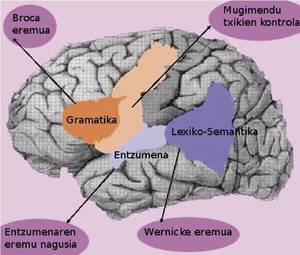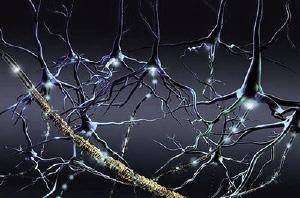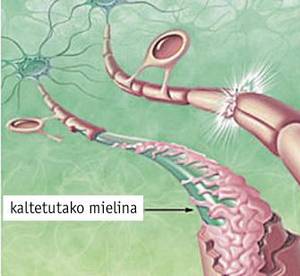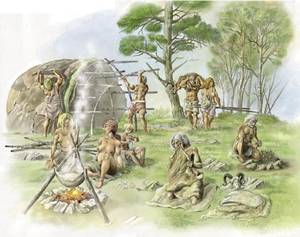Linguistic Fundamentals
The relationship between the brain and linguistic competence is much closer than previously thought. Languages are not, in any case, a random succession of words, but a complex system formed by a set of elements. On the other hand, all these elements, phonetics, phonology, morphology, morphophony, syntax, semantics and pragmatics, are not related chaotically, but at all times are interdependent. Likewise, the changes that occur in each element affect everyone else in the way of speaking.
Human language has a number of characteristics and peculiarities such as arbitrariness, the use of discrete segments, the ways of combining segments, the use of sets of rules, semantic universes, the ability to reference the past, the ability to use negatives and ask questions, the ability to use infinity, etc. For the use of the human language it is necessary to use the language skills acquired throughout life, so it is considered that, at least in part, its linguistic capacity is limited by biology and genetic provision. In general, language competencies are classified into two groups: on the one hand, competencies related to the interpretative part — the capacities or mechanisms of interpretation — and on the other, those related to the creative part — the creative parts or mechanisms.

These linguistic skills include sections related to linguistic ability, such as lexical, phonic, syntactic and semantic, i.e. mechanisms related to hearing, understanding and the ability to search and select information. Moreover, according to researchers, the origin of all these capabilities is in the brain[1][2]. It is evident, for example, that children have special power to learn different languages, or rather different languages, and that they say they have a period or “critical period.” In adulthood this ability decreases. In the following lines of this article we will present and describe some concepts related to linguistic bases.
Several proposals have been made to explain the acquisition of language by the human being, including the existence of a critical period of acquisition of language (childhood). This period is related to the structure of brain neural networks, the phenomenon known as “myelination”. In the critical period specialized areas of the brain are used that are formed naturally in the field of language, while after that critical period all the languages that are learned are assimilated in another way and, in addition, different brain areas are activated in the learning process.

Although there is still no clear explanation for this, it is considered that the brains of adults and children are different, at least attending to neural network connections. It seems that a fatty substance called myelin isolates the connections between neurons to make them faster, but at the same time prevents new connections. That is why it is more expensive to learn new concepts in adulthood and continue to form specialized parts of the brain.
This phenomenon is not a sudden transformation, but the older the more it is perceived. On the contrary, children know how to complete coordination, questions, negative sentences and relative sentences and choose the right pronouns before learning to perform the mathematical operation “two plus two”. It is also surprising how they appropriate the local languages that live in a few years, despite being limited and endowed with few linguistic experiences. Numerous research studies have been carried out that analyze and relate childhood, language and biological fundamentals, such as the failure of the instruction hypothesis, the failure of the imitation hypothesis, the case of isolated children [3], the case of wild children [4]...

As for natural language, some areas of the left hemisphere are activated when speaking, including: Broca area and Wernicke area. These fields are of vital importance as they help to understand the architecture of language and to relate words and meanings. Moreover, in cases where these brain areas are affected — aphasia — language skills are often limited. Broca's aphasia, agramatic, is related to slow speech, breaks in word search, loss of functional words and understanding problems, while Wernicke's aphasia is related to fluid speech but with poor lexical selection, the use of meaningless words.
On the other hand, a gene has been found that may be related to linguistic competence, the FOXP2 gene, which helps to convert thought into speech [5]. Without immersing oneself in deep waters of biology, the functioning of this gene can be understood as a useful channel for communicating thoughts [6]. A similar gene has also been found in animals, but not as developed as in humans. In this sense, the existence of a biological basis in the process of language acquisition is evident.

An article written by Juan Uriagereka clearly mentions the biological basis of the exposed linguistic competence [7]. In this article, Uriagereka mentions, among others, the mistakes made in the recovery of Basque and, above all, stresses that it may be harmful to force adult workers to learn a new language, since the process of learning a new language is related to genetics, hormones and biological development, the critical period. However, this critical period can vary from person to person, so the demand can be unfair.
On the other hand, Juan Uriagereka states that all languages have a similar representation in the human brain, and therefore, many languages share the same linguistic processes, including Basque. Based on these arguments, and facing the article published in the Wall Street Journal that considered Basque as an archaic language [8], it highlights that Basque is not a rare language, nor obsolete or related to antiquity. And all languages take into account a number of bases, and therefore, taking into account the grammatical system of Basque, it is an inaccurate mistake to conclude that the language is obsolete.

In addition to the biological base, there are other important linguistic bases such as the cultural base (consequence of cultural evolution) and the social base (consequence of the use of speakers). The reason for the classification of Basque as an archaic language is precisely in the latter, since Basque probably has no lines of research comparable to the “majority” languages for economic and historical reasons. It is clear, therefore, that there is neither a primitive language nor a modern language, since the trajectory of languages is constantly changing.






